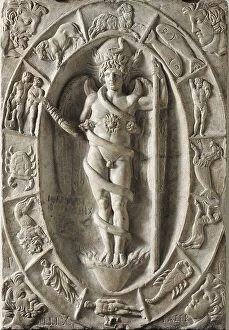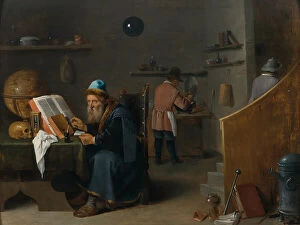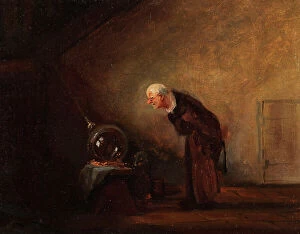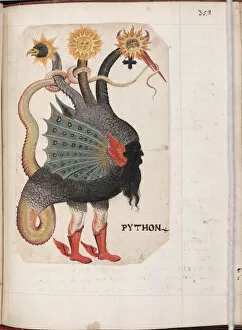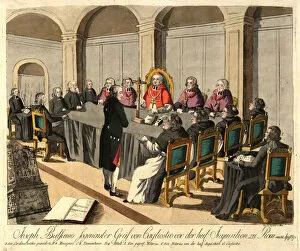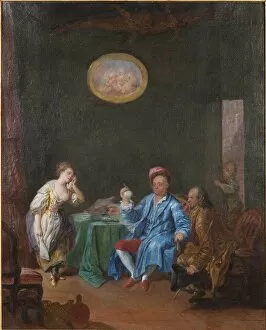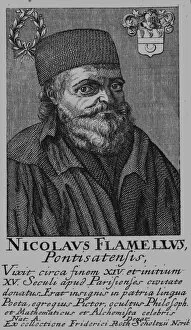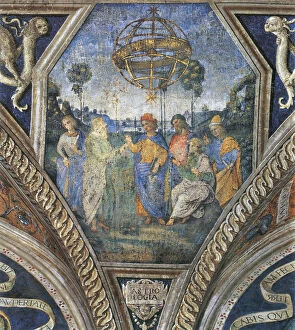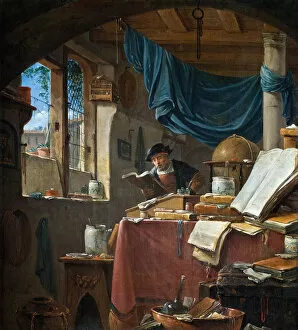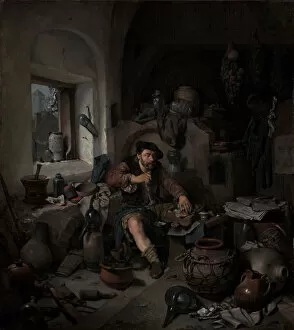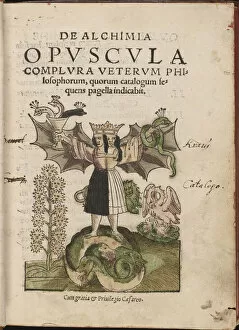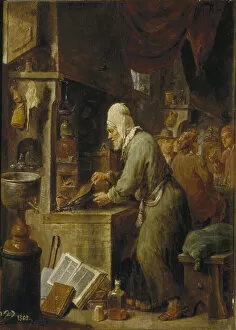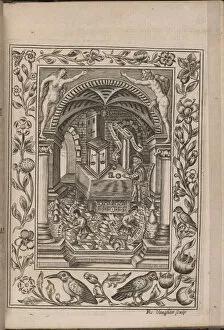Opus Magnum Collection
"Opus Magnum: Unveiling the Mysteries of Alchemy and Astrology" Step into the world of alchemy and astrology
For sale as Licensed Images
Choose your image, Select your licence and Download the media
"Opus Magnum: Unveiling the Mysteries of Alchemy and Astrology" Step into the world of alchemy and astrology, as depicted by German master artists in Python's Alchemical and Rosicrucian Compendium from ca 1760. Marvel at the enigmatic figure of Joseph Balsamo, comte de Cagliostro, standing before the Inquisition in Rome on April 14, 1791, a man deeply immersed in these esoteric arts. Witness an alchemist engrossed in his work, surrounded by mysterious symbols and apparatuses. This alchemist delves into the creation of an Homunculus within his cabinet – a symbol of ultimate power and knowledge. Explore ancient wisdom through Nicolas Flamel (1330-1418), whose anonymous portrait captures his profound connection to alchemy. Join him as he unravels secrets hidden within nature itself. Travel back to the Renaissance era with Philipp Galle's captivating portrayal of "The Alchemist" from 1558. Feel the intensity as this skilled practitioner manipulates elements to transmute base metals into gold. Delve further into astrological teachings with Pinturicchio's "Allegory of Astrology" from the late 1490s. Discover how celestial bodies influence human lives according to this intricate system. Immerse yourself in scholarly pursuits alongside Thomas Wyck's depiction of a scholar absorbed in his study. Witness firsthand their tireless dedication to unraveling cosmic mysteries. Finally, witness Cornelis Pietersz Bega's poignant representation titled "The Alchemist" from 1663. Observe how solitude intertwines with ambition as this solitary figure pursues enlightenment through experimentation. Throughout history, these artists have captured glimpses into a realm where science meets spirituality - where alchemy and astrology merge seamlessly. Their works serve as portals inviting us to explore humanity's eternal quest for understanding our place within the cosmos.


